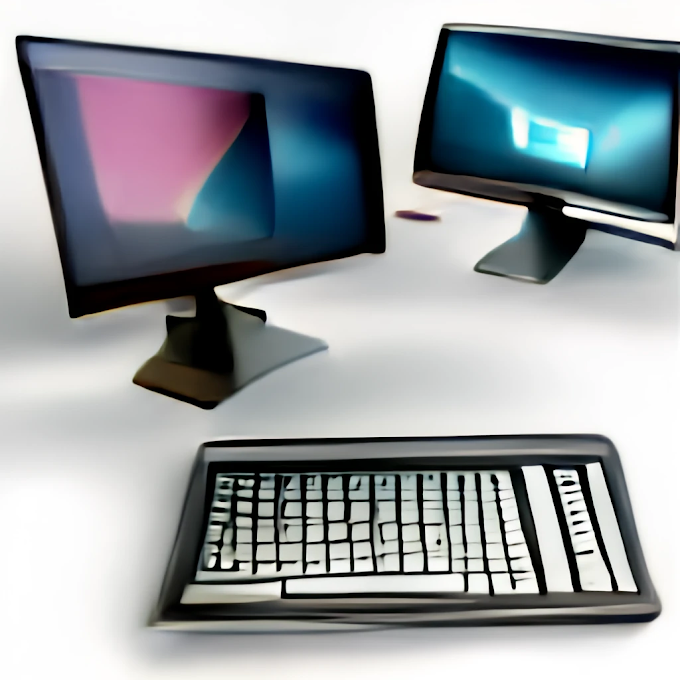Number Systems
A number system is a way of representing numbers using symbols (called digits) and a base. The base is the number of unique digits used in the number system. For example, the base-10 (also known as the decimal) number system that we use every day has 10 digits (0, 1, 2, 3, 4, 5, 6, 7, 8, and 9) and has a base of 10.
Other common number systems include the binary number system (base 2), the octal number system (base 8), and the hexadecimal number system (base 16). The base of a number system determines the number of digits that are available for representing numbers. For example, in the base-2 binary number system, there are only two digits (0 and 1) available for representing numbers, while in the base-10 decimal number system there are 10 digits (0 through 9).
Number systems are used in computing and in many other fields because they provide a convenient way to represent and manipulate numbers. For example, the binary number system is used in computer hardware because it is easy to implement using electronic circuits. The hexadecimal number system is also commonly used in computing because it provides a convenient way to represent large binary numbers using a smaller number of digits.
Binary, octal, decimal, and hexadecimal are all number systems that are used to represent numbers.
The binary number system is a base-2 number system that uses only two digits: 0 and 1. It is used in computer hardware because it is easy to implement using electronic circuits.
Example of Binary:
The number 12 in binary would be represented as 1100The number 45 in binary would be represented as 101101The octal number system is a base-8 number system that uses eight digits: 0, 1, 2, 3, 4, 5, 6, and 7. It is not used as commonly as the other number systems, but it can be useful for representing large binary numbers using a smaller number of digits.

Example of Octal:
The number 12 in octal would be represented as 14The number 45 in octal would be represented as 55The decimal number system is a base-10 number system that uses ten digits: 0, 1, 2, 3, 4, 5, 6, 7, 8, and 9. It is the number system that we use every day and is used for general purpose calculations.
Example of Decimal:
The number 12 in decimal would be represented as 12The number 45 in decimal would be represented as 45The hexadecimal number system is a base-16 number system that uses sixteen digits: 0, 1, 2, 3, 4, 5, 6, 7, 8, 9, A, B, C, D, E, and F. It is commonly used in computing because it provides a convenient way to represent large binary numbers using a smaller number of digits.
Example of Hexadecimal:
The number 12 in hexadecimal would be represented as C
Each of these number systems has its own unique characteristics and is used in different contexts. The binary number system is used in computer hardware because it is easy to implement using electronic circuits. The octal and hexadecimal number systems are often used in computing because they provide a convenient way to represent large binary numbers using fewer digits. The decimal number system is the most commonly used number system in everyday life because it is easy for humans to read and write.
Number systems can also be extended to include negative numbers using a sign bit or by using a combination of positive and negative digits. In the decimal number system, negative numbers are represented using a negative sign in front of the number, while in the binary number system they are represented using the two's complement representation.
ASCII and Unicode standards
ASCII (American Standard Code for Information Interchange) and Unicode are two standardized character encoding schemes that are used to represent text in computers and other devices.
ASCII is a 7-bit character encoding scheme that was developed in the 1960s. It includes 128 characters, including uppercase and lowercase letters, numbers, and a variety of special characters such as punctuation marks and control characters. ASCII is still widely used today, although it is limited to representing only a small subset of the world's languages.
Here are some examples of characters that can be represented in ASCII:
- The uppercase letter A is represented as 01000001 in ASCII
- The lowercase letter z is represented as 01111010 in ASCII
- The exclamation point (!) is represented as 00100001 in ASCII
Unicode is a newer and more comprehensive character encoding standard that was developed to represent the characters of all written languages. Unicode uses a variable-length encoding scheme and can represent more than 100,000 characters, including all of the characters in ASCII as well as a wide range of symbols, emoji, and characters from many other languages. Unicode is used in most modern operating systems, browsers, and other software, and is the standard character encoding for the World Wide Web.
Here are some examples of characters that can be represented in Unicode:
- The Chinese character for "love" is represented as U+611B in Unicode
- The emoji for a smiling face with hearts is represented as U+1F970 in Unicode
- The Greek letter omega is represented as U+03A9 in Unicode
Both ASCII and Unicode are used to represent text in computers and other devices, but Unicode is much more versatile and can represent a much wider range of characters.




0 Comments